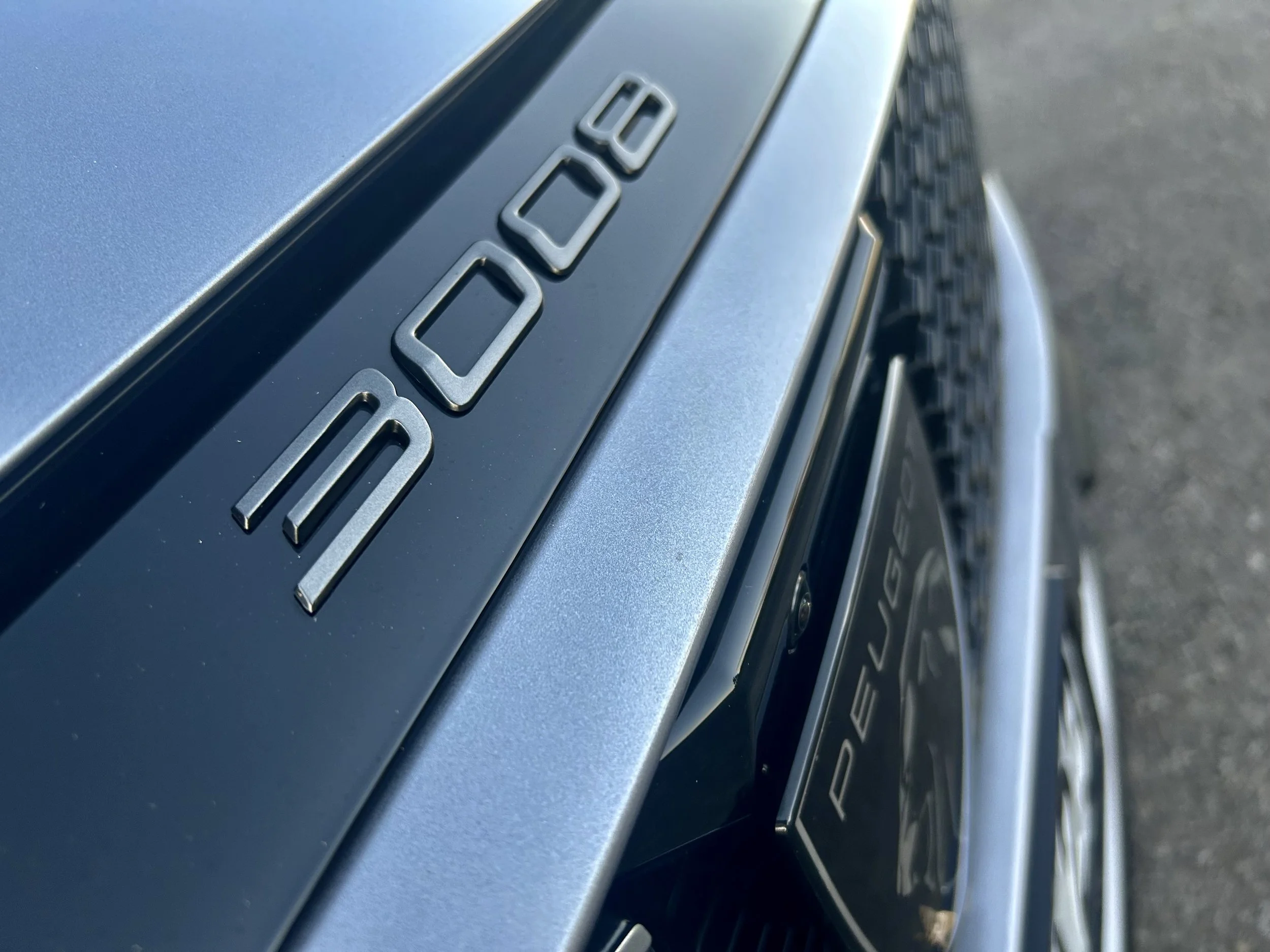Landmark Hyundais on NZ radar?
/TWO Hyundai projects of certain New Zealand interest, an electrified sedan and determination to develop Genesis into a full-blown luxury division, seem likely to discussed at a brand summit this weekend being attended by the brand’s top man here.
Hyundai New Zealand boss Andy Sinclair has confirmed he is heading to the annual exposition, this year being held in Malaysia, that runs until early next week.
He does not discount that discussion will at least cover off the recent head office announcement about Genesis becoming a full-blown separate brand for the South Korean giant, having previously simply been a single model – sold here in sedan form for the past year and likely to also arrive, in time, in its coupe alter ego.
Hyundai has just doubled the Genesis line-up by rolling out the G90 saloon, which is called the EQ900 in Korea, an even larger luxury sedan, similar in proportion and kit content to Mercedes’ S-Class and the BMW 7-Series.
G90 is confirmed the first of six new Genesis models that will be rolled out over the next five years.
Sinclair says he doesn’t have specific interest in touting an even larger, more luxurious sedan above the $99,900 Genesis, but is more interested in some of the other models rumoured to follow.
“There is talk about the potential for an SUV and obviously we would be keen to know about that. And we still have interest in the coupe.” Hyundai is also talking about a crossover and a medium sedan.
Ultimately, though, it will depend on which Genesis models are slated for right-hand-drive. Hyundai has signalled that major left-hand drive markets are a priority.
Another car likely to get a plug is the electrified Ioniq sedan. Since Motoring Network talked with Sinclair, Hyundai has released more sketches – one of the car’s side profile and the other of the dash layout – and some additional information.
Ioniq might still have the air of a concept, but in fact it is close to production and is set to be fully revealed in South Korea next month ahead of a European appearance at the Geneva motor show in March.
The car is described as South Korea’s first serious challenger to the Toyota Prius, the world’s – and New Zealand’s – top-selling hybrid car, though it presents more of a technology reach.
Whereas the next Prius simply continues in the same vein as its predecessors, being a primarily petrol car with electric assistance from a bank of nickel-hydride batteries to allows some limited off-petrol running but primarily to enabale low emissions, the Ioniq will achieve a world-first in offering a choice of three electrified powertrains: hybrid, plug-in hybrid or pure electric.
Hyundai Australia has confirmed it will take the conventional hybrid version in the second half of 2016 and is working on the business case for the plug-in hybrid (PHEV).
Hyundai New Zealand has yet to express intent, but given that Sinclair has this year been quizzing media, including this writer, about the potential for hybrid and range-extender technology in this market, perhaps something is afoot.
Also, Hyundai NZ will also take heart from the BMW i3, a small city range-extender hatch, having just been named New Zealand Car of the Year.
The Ioniq appears to be a conventional-looking four-door car with which particular care has been taken to minimise wind resistance.
It appears familiar Hyundai design themes will be seen around the front, notably the signature hexagonal grille that, in this application, are expected to incorporate special flaps that can direct airflow over the car.
Inside, the smooth, elegant and clutter-free theme continues. Hyundai says its designers also adopted eco-friendly materials to convey a futuristic yet warm cabin ambience. Elements include a multi-function steering wheel, a large central display screen that’s likely touch-sensitive, plus smaller display screens located in the main instrument cluster.

















